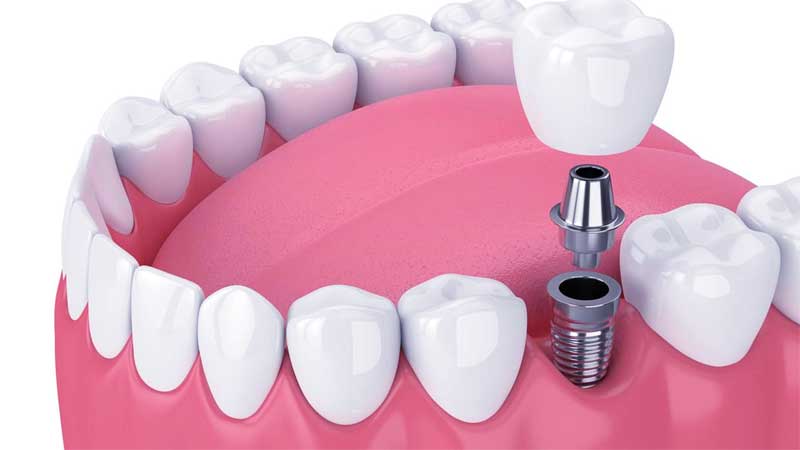Water systems, whether in industrial settings, agriculture, or aquaculture, often rely on chemicals to maintain cleanliness, prevent algae growth, and treat harmful bacteria. While these chemicals are effective, they can sometimes be costly and harmful to the environment. A nanobubble generator offers a modern solution that can significantly reduce the reliance on chemicals while maintaining clean and healthy water systems. This article explores how a nanobubble generator works and its benefits for various water systems.
What is a Nanobubble Generator?
A nanobubble generator is a device that produces extremely tiny gas bubbles, often smaller than 200 nanometers, in water. These bubbles are so small that they do not rise quickly to the surface like regular bubbles, allowing them to stay suspended in the water for an extended period. This unique property gives nanobubbles the ability to increase oxygen levels and interact with microorganisms more effectively than conventional methods. By introducing these tiny bubbles into water, a nanobubble generator enhances water quality naturally, reducing the need for excessive chemical treatments.
How Nanobubbles Work to Reduce Chemicals
The effectiveness of a nanobubble generator comes from the unique physical and chemical properties of nanobubbles. Oxygen or ozone-filled nanobubbles can kill bacteria and other harmful microorganisms without relying heavily on chemical disinfectants. For instance, ozone nanobubbles are highly reactive and can break down organic pollutants, making it easier to maintain clear and safe water. The presence of nanobubbles also improves the overall oxygenation of water, which supports beneficial microorganisms that naturally balance the ecosystem and further reduce the need for chemical intervention.
Applications in Industrial Water Systems
Industrial water systems, such as cooling towers and manufacturing processes, often require chemical treatments to prevent biofilm formation, scaling, and corrosion. Using a nanobubble generator can reduce these chemical requirements significantly. The bubbles help to inhibit the growth of algae and bacteria, keeping water systems cleaner and safer. Over time, companies can decrease the use of chlorine, biocides, and other harmful chemicals, resulting in cost savings and a reduced environmental footprint. Additionally, better oxygenation from nanobubbles can improve the efficiency of water-based cooling and heating systems.
Benefits in Aquaculture and Agriculture
In aquaculture, water quality is critical for the health of fish and other aquatic life. A nanobubble generator can enhance oxygen levels and control harmful pathogens, reducing the need for antibiotics and other chemical treatments. Similarly, in agriculture, nanobubbles can improve irrigation water quality by breaking down pesticides and promoting healthier soil microbiomes. These natural improvements mean fewer chemicals are needed to maintain healthy crops and aquatic systems, benefiting both the environment and overall productivity.
Environmental and Economic Advantages
Reducing chemicals with a nanobubble generator has clear environmental benefits. Lower chemical usage means fewer pollutants entering rivers, lakes, and groundwater. This not only helps preserve local ecosystems but also reduces potential health risks associated with chemical exposure. Economically, fewer chemicals mean reduced operational costs, including storage, handling, and disposal expenses. Over time, investments in a nanobubble generator can pay off through both environmental stewardship and cost efficiency.
Integrating Nanobubble Generators Into Existing Systems
One of the advantages of a nanobubble generator is that it can be integrated into existing water systems without major modifications. Whether in industrial, agricultural, or aquaculture settings, nanobubble technology can complement current treatments, gradually reducing the need for chemicals while maintaining water quality. Operators can monitor water conditions and adjust nanobubble output as needed, ensuring an optimal balance between natural treatment and chemical use.
Conclusion
A nanobubble generator is a powerful tool for reducing chemicals in water systems. By producing tiny, long-lasting bubbles that improve oxygenation and target harmful microorganisms, this technology allows water systems to maintain high quality naturally. From industrial water treatment to aquaculture and agriculture, the benefits include lower chemical usage, reduced costs, and a positive environmental impact. Adopting a nanobubble generator is an effective and sustainable step toward cleaner, safer, and more efficient water management.





